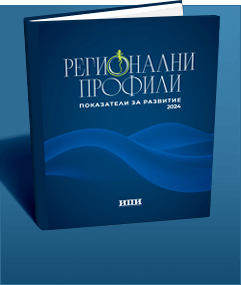Large differences in access to doctors between areas
The public health crisis of recent months has brought to the fore a number of health system problems. Among them is the provision of appropriate staff and equal access to health care. However, as these problems do not affect the individual districts of the country equally, the current text focuses in greater detail on the access to specialists in the different districts of Bulgaria.

